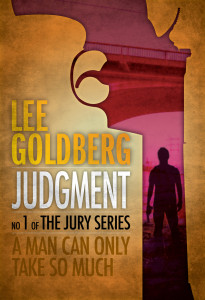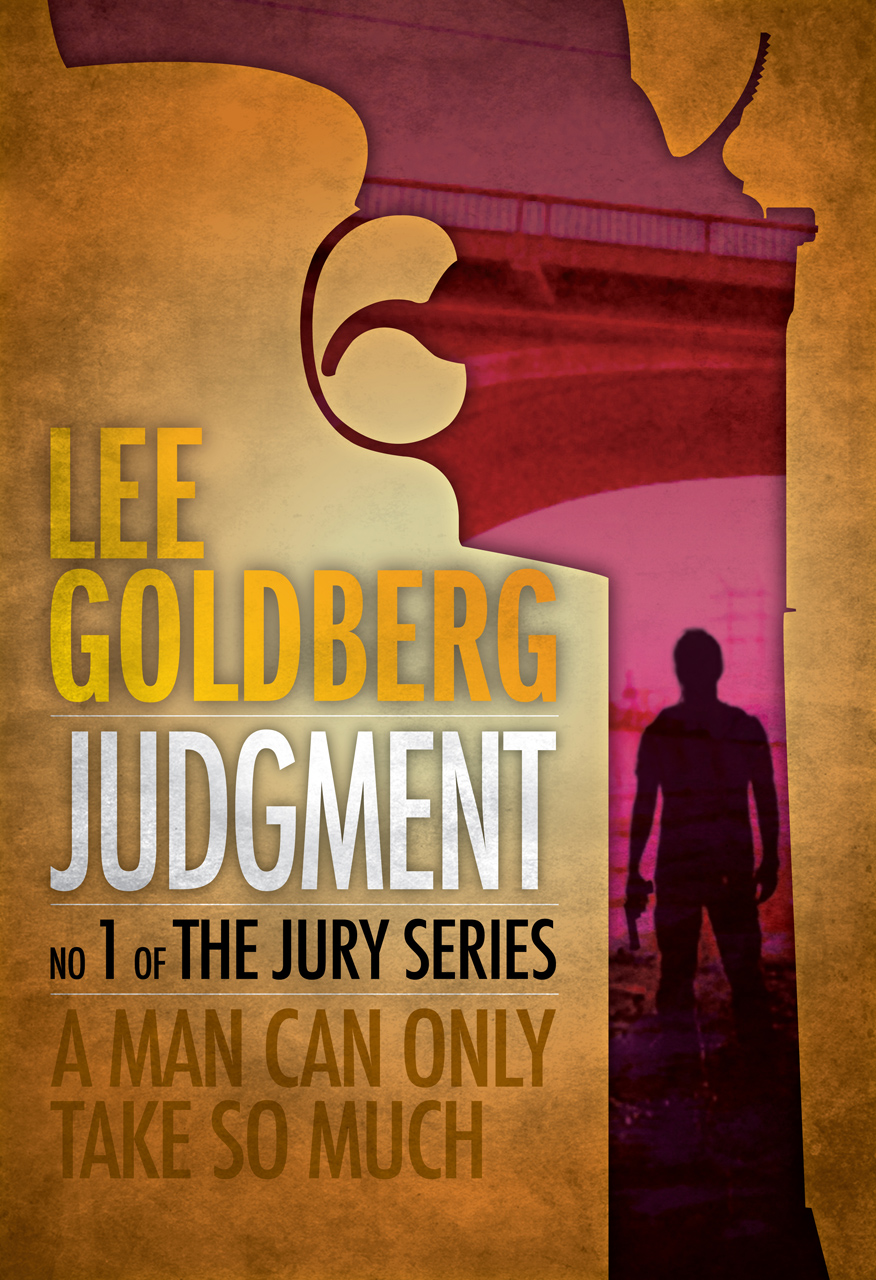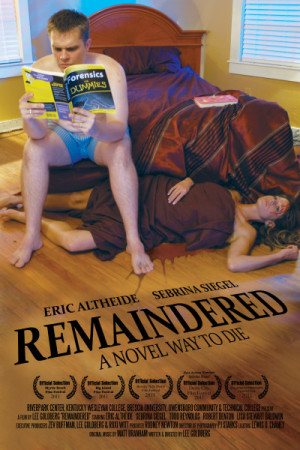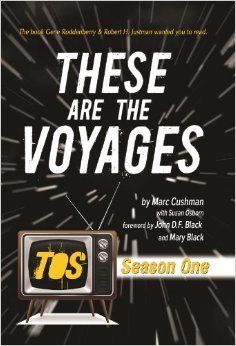I got this email from Lynn Donahue today:
I just discovered you while browsing on Amazon! I read an excerpt from “Watch Me Die” and was amused enough to put it on my wish list. Which is a pretty big deal, really. It takes a lot to shove the mouse allllll the way up to the corner and click “add” when I’m smoking, drinking coffee and coughing on cue when work calls. Whew! Luckily, I can multitask like an octopus on crack so you made it into my wish list! However, before I start my Lee Goldberg journey, I’m wondering if there is a chronological order to the books?
Not all of my books are series, so it’s not necessary to read them in chronological order. But here you go, Lynn, the Lee Goldberg Books in Chronological Order:
 The Jury Series (aka .357 Vigilante) (mid-1980s).
The Jury Series (aka .357 Vigilante) (mid-1980s).
Judgment
Adjourned
Payback
Guilty
Unsold Television Pilots 1955-1989 (1990)
Science Fiction Film-Making in the 1980s (with William Rabkin, Randy & Jean-Marc Lofficier) (1995)
Dreamweavers: Fantasy Film-Making in the 1980s (with William Rabkin, Randy & Jean-Marc Lofficier) (1995)
Television Series Revivals (1995) (republished in 2009 as Television Fast Forward)
The Charlie Willis Series
My Gun Has Bullets (1995)
Dead Space (aka Beyond the Beyond) (1997)
The Diagnosis Murder Series (2003-2007)
The Silent Partner
The Death Merchant
The Shooting Script
The Waking Nightmare
The Past Tense
The Dead Letter
The Double Life
The Last Word
The Walk (2004)
Watch Me Die (aka Man with the Iron-On Badge) (2005)
Successful Television Writing (with William Rabkin) (2007)
The Monk Series (2006-2013)
Mr. Monk Goes to the Firehouse
Mr. Monk Goes to Hawaii
Mr. Monk and the Blue Flu
Mr. Monk and the Two Assistants
Mr. Monk in Outer Space
Mr. Monk Goes to Germany
Mr. Monk is Miserable
Mr. Monk and the Dirty cop
Mr. Monk in Trouble
Mr. Monk is Cleaned Out
Mr. Monk on the Road
Mr. Monk on the Couch
Mr. Monk on Patrol
Mr. Monk is a Mess
Mr. Monk Gets Even
The Dead Man: Face of Evil (2011) (with William Rabkin)
The Dead Man: Hell in Heaven (2011) (with William Rabkin)
King City (2012)
McGrave (2012)
 The Fox & O’Hare Series (with Janet Evanovich)
The Fox & O’Hare Series (with Janet Evanovich)
Pros & Cons (2013)
The Heist (2013)
The Chase (coming 2/2014)
Fast Track (2013)
Ella Clah: The Pilot Script (with William Rabkin) (2013)
Anthologies
Fedora III (2004)
Hollywood and Crime (2007)
Three Ways to Die (2009)
Double Impact (2012) (includes the novels Watch Me Die and McGrave)
Three to Get Deadly (includes the novel The Walk) (2012)
Top Suspense (2012)
Die, Lover Die (2012)
Top Suspense: Favorite Kills (2012)
Writing Crime Fiction (2012)
Double Header (2012) (includes the novels My Gun Has Bullets and Dead Space)



